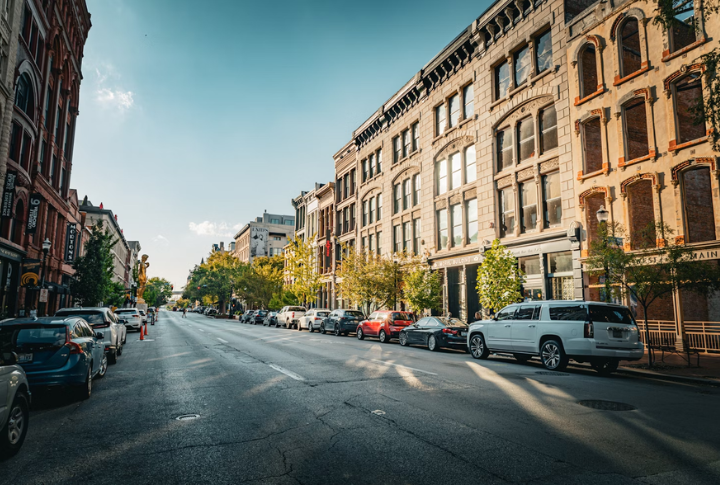
Concrete deserts have quietly replaced city centers that once buzzed with culture, commerce, and life. In many U.S. cities, parking took precedence, flattening historic districts and pushing people, not cars, to the margins. This list details cities that sacrificed downtown vibrancy for asphalt. Find out how each one did it—and at what cost.
Oklahoma City
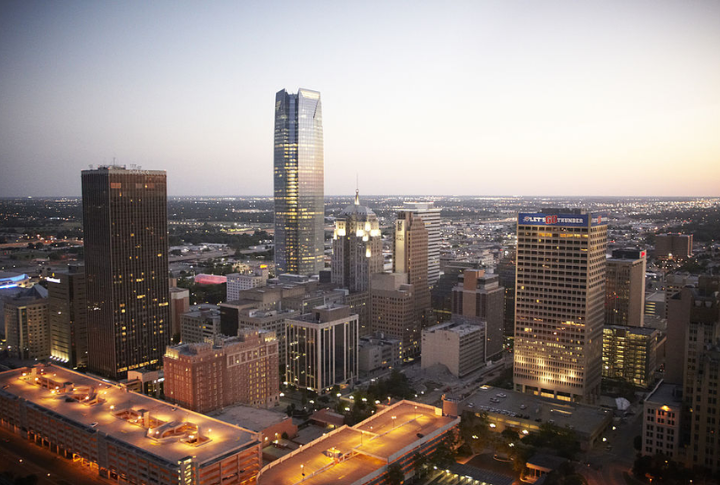
Decades of car-centric planning gutted Oklahoma City’s core. Downtown featured nearly 50 surface lots—crippling walkability and small business appeal. The area once housed mid-century theaters, shops, and homes, many bulldozed for idle vehicles. The result: blocks of deserted space with no pedestrians in sight.
Louisville
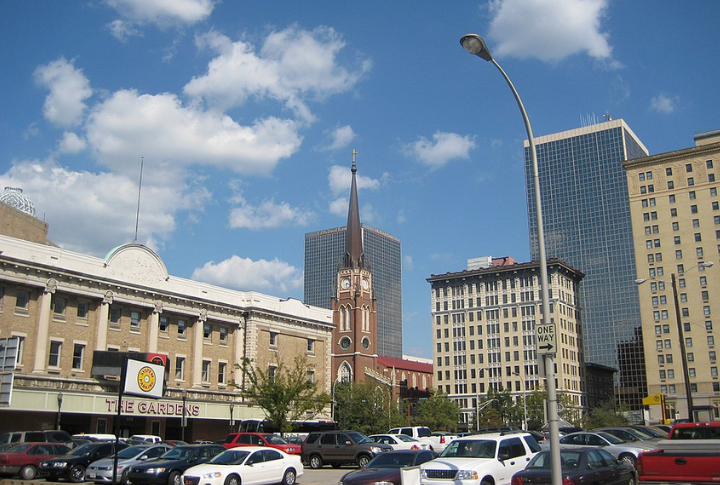
During the 1980s, Louisville cleared several historic blocks, replacing vibrant retail corridors with vast surface parking lots. This move erased key parts of Main Street’s architectural charm and disrupted community life. Many residents still regret the decision, viewing it as a missed opportunity for thoughtful preservation and urban revitalization.
Tulsa
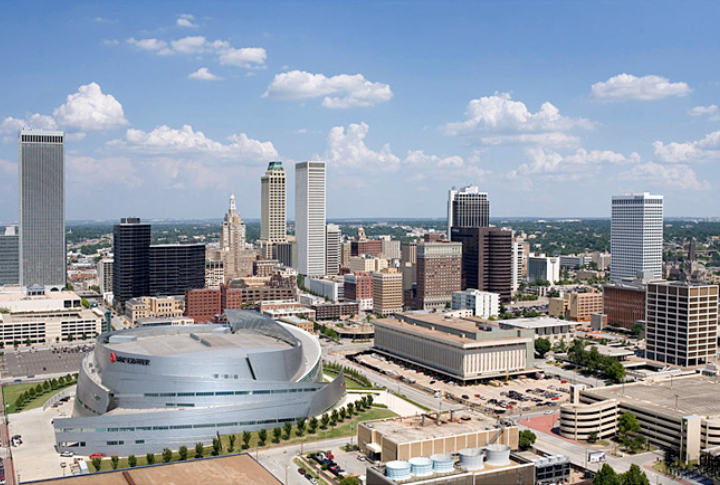
What began as minor demolitions in Tulsa escalated into sweeping clearances. Entire stretches of downtown became vehicle storage. In 2014, analysts noted that parking consumed more land than buildings. With that, the city center’s social rhythm slowed to a crawl while revitalization plans struggled to gain traction against so much lifeless pavement.
Indianapolis
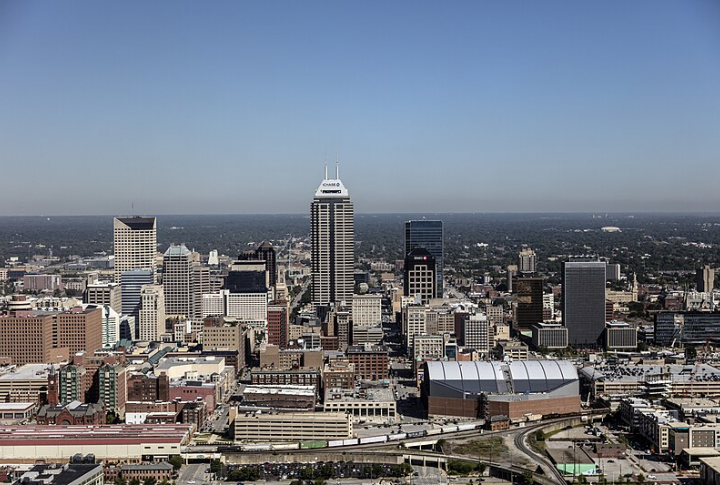
Drive through central Indianapolis, and you’ll find spotty development interrupted by wide, bland parking fields. A 2023 review listed it among cities with the most wasteful downtown land use. Even civic spaces are ringed by parking, eroding public interest in hanging around. Without density, downtown feels more like a pass-through.
Buffalo

Buffalo’s downtown scars tell of a mid-century obsession with parking. Preservationists point to demolished landmarks like the Erie County Savings Bank—once a symbol of civic pride—now a barren lot. According to a 2020 survey, about 29% of prime downtown parcels remain committed to parking instead of productive development.
Little Rock
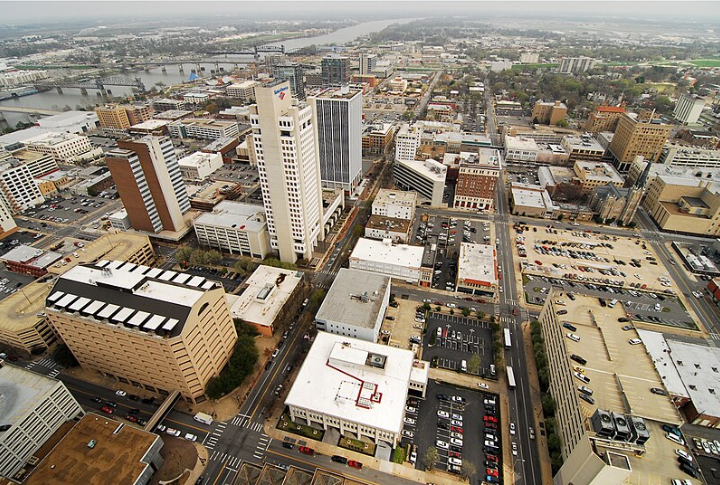
The heart of Little Rock mirrors a cautionary tale. State government buildings dominate, but what’s between them? Expanses of surface lots. Walk two blocks in any direction, and you’re likely to cross at least one. This checkerboard of vacant space disrupts connectivity, which discourages foot traffic and limits the downtown’s economic potential.
Detroit
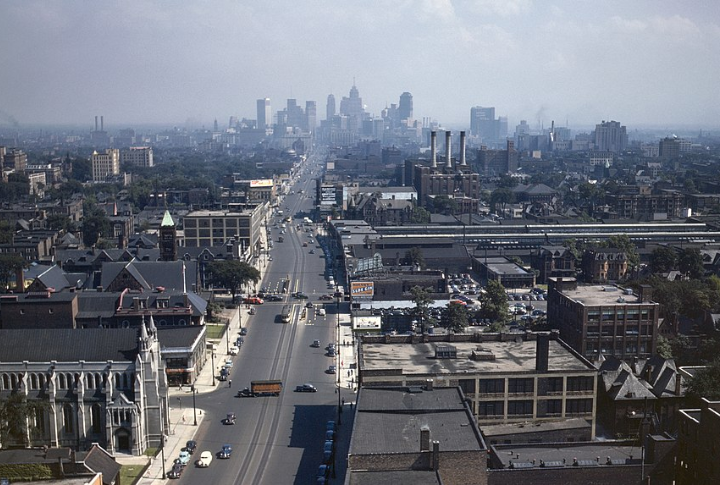
Even as the Motor City rebuilds its image, downtown Detroit remains riddled with parking. A 2018 audit revealed about 1.4 square miles (896 acres) of surface parking in central districts. While skyscrapers like the Penobscot Building survived, countless others fell for garages. Urban density shrank, and pedestrian culture took a backseat—literally and figuratively.
Atlanta
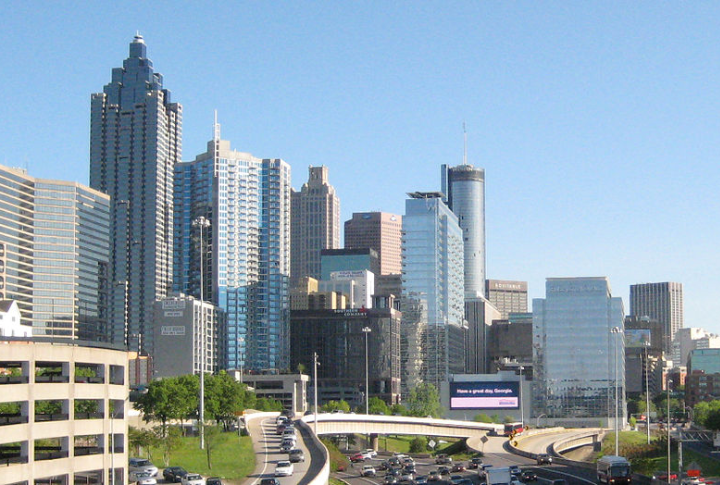
High-rises dot downtown Atlanta, but below? Moats of parking lots. Urbanists call it “vertical isolation.” By 2023, parking made up 25% of the district’s land use, leaving sidewalks underpopulated and small businesses gasping for foot traffic. Without cohesive street-level development, Atlanta’s downtown feels like a place you drive past.
Jacksonville
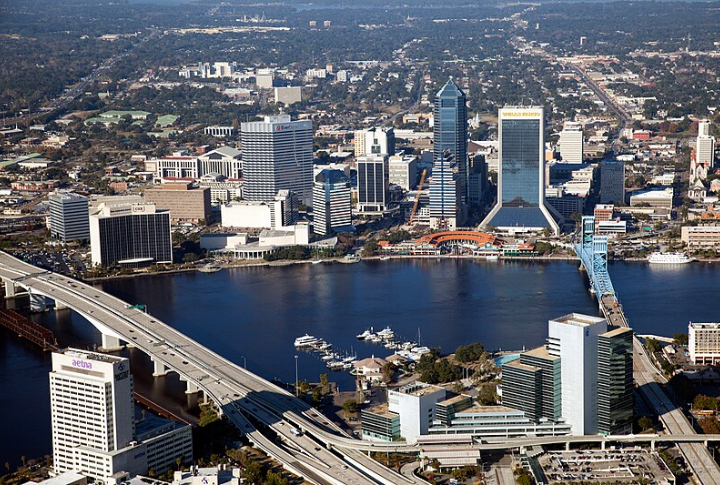
Aerial images of Jacksonville’s core show more parking than buildings. The city demolished scores of structures in the 1980s and 1990s, replacing vibrant blocks with asphalt. What’s left is a hollow downtown where cars take priority, and pedestrians navigate heat-soaked lots instead of bustling city streets.
Cleveland
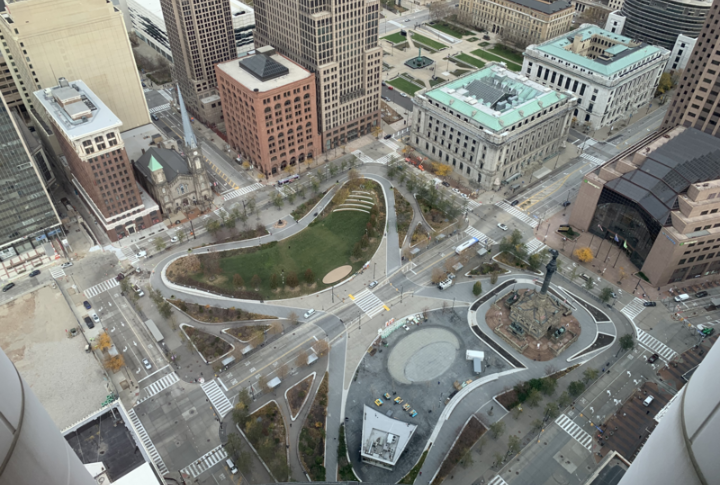
Urban renewal in Cleveland often meant demolition. What replaced the Playhouse Square blocks and old arcades? Mostly lots. A 2023 study noted that approximately 26% of downtown land was used for parking. Even with entertainment districts nearby, empty lots create gaps in street activity, and this interrupts walkability and dilutes the neighborhood feel.
